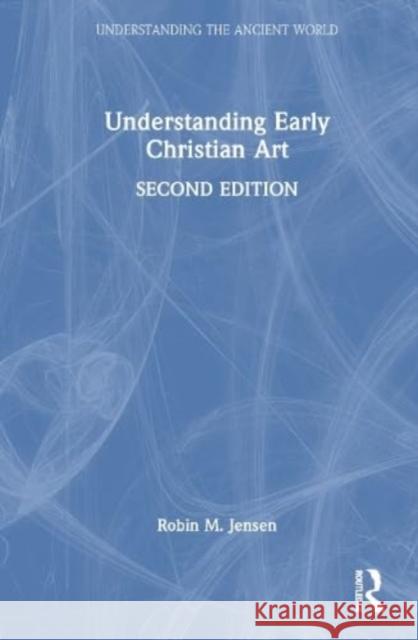Understanding Early Christian Art » książka
Understanding Early Christian Art
ISBN-13: 9781032105505 / Angielski
Understanding Early Christian Art
ISBN-13: 9781032105505 / Angielski
(netto: 625,86 VAT: 5%)
Najniższa cena z 30 dni: 651,77
ok. 22 dni roboczych.
Darmowa dostawa!
Surveying the content and character of early Christian iconography from the third to the sixth century CE, this substantially revised and updated new edition makes the critical tools of art historians accessible to students. Now in full colour, this is a valuable guide for students and scholars of religion and art history.
Surveying the content and character of early Christian iconography from the third to the sixth century CE, this substantially revised and updated new edition of Understanding Early Christian Art makes the critical tools of art historians accessible to students.
It opens by discussing a series of questions pertaining to the evidence itself and how scholars through the centuries have regarded this material as expressing and transmitting aspects of the developing faith and practice of early adherents of Christianity. It considers possible sources for the various motifs and the complex relationship between word and images, as well as the importance of studying visual and material culture alongside theological and liturgical texts. Rather than organising surviving examples by medium or chronology, the chapters categorize the evidence according to their general iconographic type, such as generic symbols, biblical narratives, and portraits. Each chapter takes up important questions of visual culture, formal style, and the ways in which the iconography is distinct from or shows parallels with contemporary documentary sources like sermons, exegetical works, catechetical lectures, or dogmatic treatises. Concluding with a discussion of the late-emerging depictions of Jesus’s crucifixion, resurrection, and ascension, it remains a valuable guide to comprehending the complex theology, history, and context of Christian art.
Augmented by over 140 full-colour images, accompanied by parallel text, the interdisciplinary and boundary-breaking approach taken in this extensively revised edition of Understanding Early Christian Art enables students and scholars in fields such as religion and art history to further their understanding and knowledge of the art of the early Christian era.











